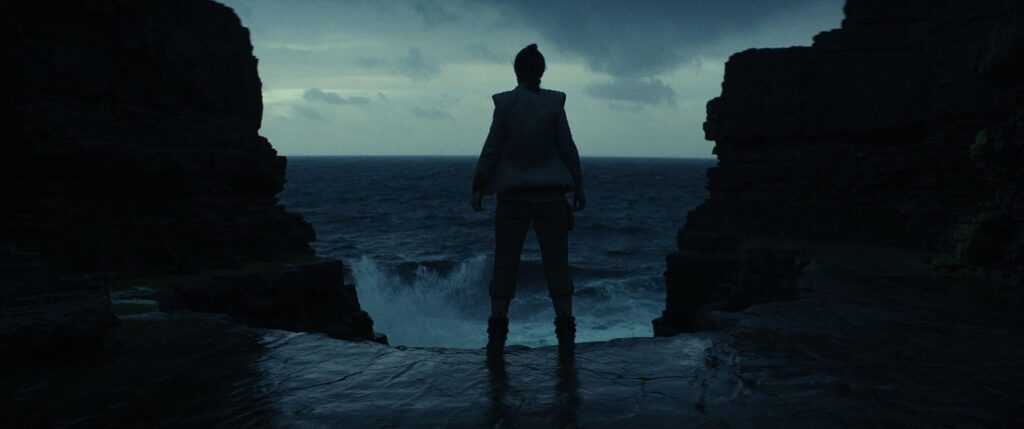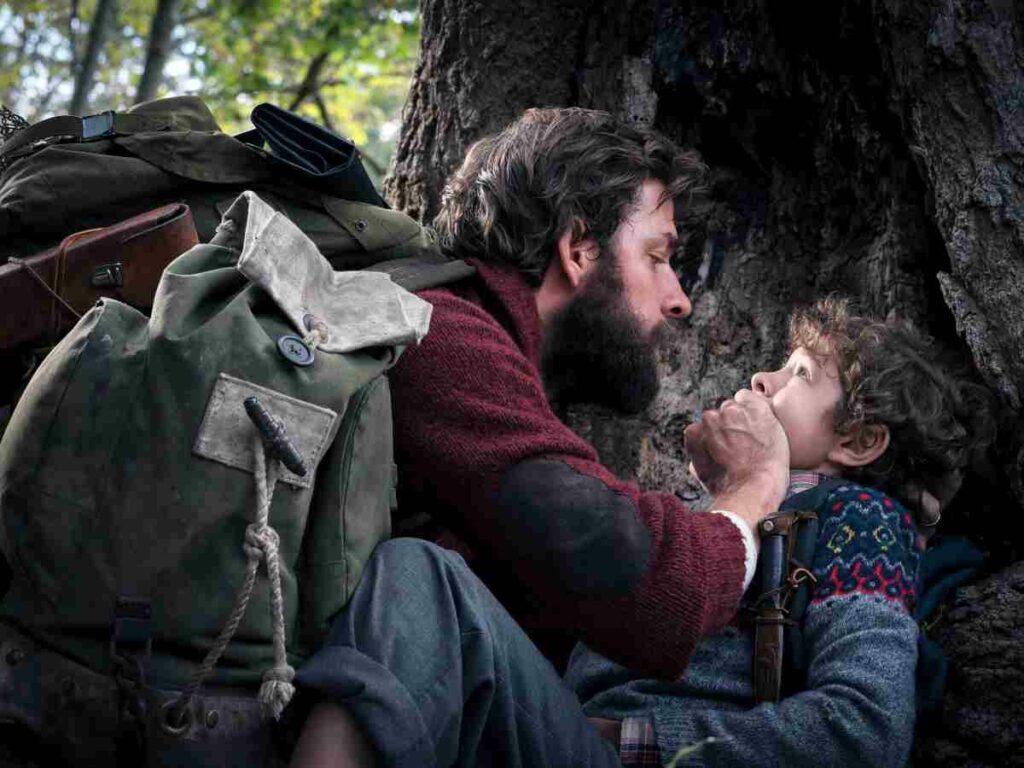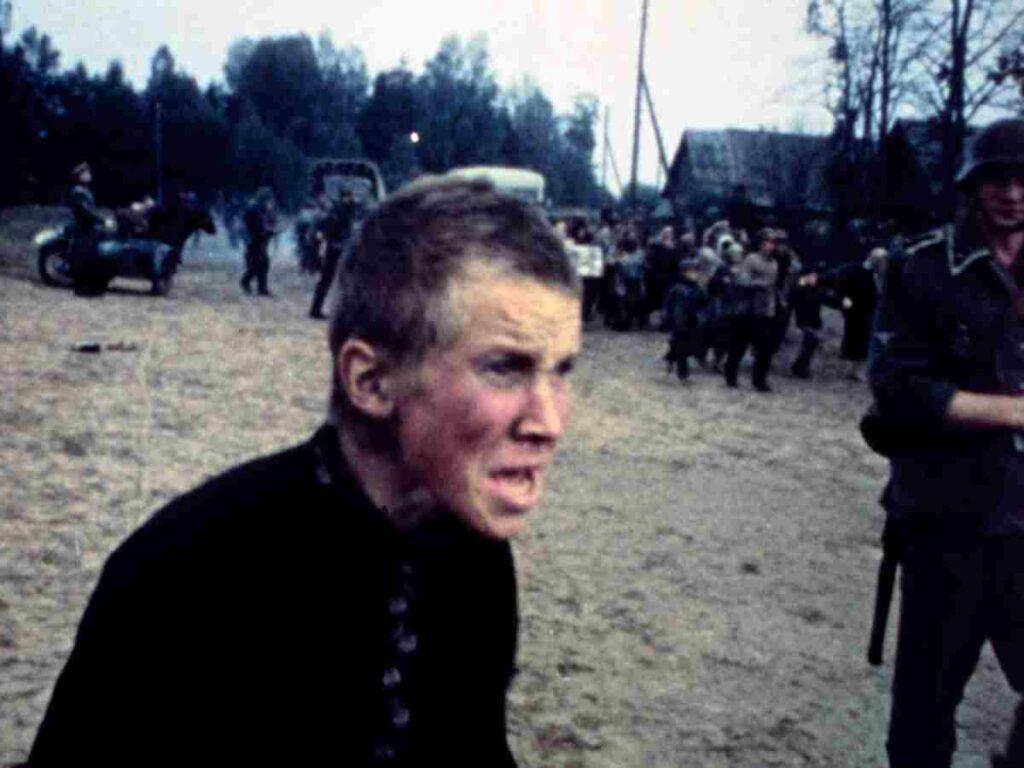What’s the hallmark of a great film, one that stands the test of time? Great script, gorgeous imagery, arresting performances, rousing soundtrack. Sure, it’s all of them put together. But, what stands out for the viewer and helps him remember the film is the theme. So, what is a movie theme?
A theme is a central concept that the film is constructed upon. All the events happening within a story can be traced back to the theme. The theme in some cases may not be obvious, but the plot or character design can be quite telling in these instances. A theme simply put, is the heart of the film that helps audiences connect with it better. With that in mind, we’ll closely examine the use of themes in movies and why they’re so important.
Why do we need themes?
The answer to this question is twofold. One, for the viewers. Audiences are able to relate better and are hence more emotionally invested in the story you’re going to be narrating.
On the other hand, for creators, it serves as a road map during the pre-production phase. Think of the different plot points you can explore using a certain theme and how many are in line with the vision you have for the final product.
Classic examples of Movie Themes
1. Good vs Evil

This is a theme that is as old as time itself. From the Holy Crusades of the biblical era to Rebels vs Jedi in times of Star Wars, we’re all aware of this popular concept. This idea draws the line between two warring sides who have varying perspectives on certain core philosophies. The different sub-themes in this category are:
All-consuming nature of crime and violence
Think of Michael Corleone’s slow descent into a life of bloodshed and violence in Coppola’s Godfather series.
Unspeakable horrors of war
Look no further than Schindler’s List that narrates the harrowing tale of Oskar Schindler who’s credited with saving the lives of more than a thousand refugees during the Holocaust.
Revenge
Passed down from the times of Shakespearean plays, several movies have used the lead looking for vengeance trope quite successfully. Most of Tarantino’s films leer towards this sub-theme. Think of Kill Bill or Inglourious Basterds. Revenge may be a dish best served cold, but it surely comes at a cost. Loved ones die, collateral damage ensues and there is always a lot of trauma to process.
Resisting oppression
Some films highlight a strong political philosophy and are designed as a statement against historical systems of injustice. Steven Soderbergh’s epic Che explores the life of a Cuban revolutionary in great detail. The film examines his political ideology and the impact it had on the rest of the world.
2. Society
Cinema has long stood as a mirror to society, reflecting people’s darkest fears and hidden insecurities. Let’s understand some of the common sub-themes under this broad category:
Class Struggles
Consider the case of Titanic. It may be about an unsinkable ship’s change in fortune after its contact with an iceberg. But, it’s punctuated with the story of two star-crossed lovers who’re separated by class and financial status. Jack is seen to be an outcast when he enters into the lives of the well-endowed. Meanwhile, Rose has grown tired of the privileges she was born with and wants to live on her own terms. It’s this extra layer that makes these characters so iconic.
Chaos vs Order
The most popular of this narrative themes was in Christopher Nolan’sThe Dark Knight. The Joker represents the inherent chaos in the world. He’s volatile by design and his actions are seemingly unpredictable. Even, his backstory is sketchy. The Joker cooks up different stories every time he’s asked about his origins. On the other hand, Batman in direct contrast is a symbol of order, wanting to create a just world. This clash of ideologies is what makes the film so memorable.
Individual vs Society
Consider V for Vendetta that weaves the tale of a supposed terrorist who threatens to blow up the Parliament, a long-standing symbol of authoritarian power. This movie succeeds in advocating the dangers of a dictatorship, convincingly. James McTeigue accomplishes this by reversing the roles of cops and terrorists.
Humanity vs Technology
With technology poised to play a more dominant role in our lives, the question is how is this going to impact our future. A number of movies play on this theme, attempting to answer that question. Think of HAL taking over control and deciding to kill the crew in Stanley Kubrick’s 2001: A Space Odyssey or Blade Runner posing a question of what really makes us human.
3. Coming of Age
They generally depict the protagonist’s growth over time as they accumulate life experiences along the way. The journey to self-awareness may be filled with equal moments of deep suffering and sheer joy. Ladybird’s a wonderful example of this type of narrative. The lead character’s messy stories of her formative years make for an engrossing watch. Another classic coming-of-age story is Richard Linklater’s Boyhood which was filmed over 12 years, part by part, so that we get to watch him go from a small kid to a confident young adult on screen.
4. Justice
We’ve all heard of the adventures of Robin Hood who loots the houses of the rich and influential to satisfy the needs of the marginalized and less endowed. Over the years, cinema has used this theme to great effect. These films assume importance because audiences want to see the hero prevail. Courtroom dramas like A Time to Kill make use of this template to give us a sense of justice, even if for a very short duration. The same can lend itself to themes like revenge as a lead goes on a quest to avenge the death of someone close to them. Think of John Wick and Mad Max.
5. Perseverance
Who doesn’t like a good ol’ underdog story? These are stories that feature ordinary men faced with extraordinary circumstances. They fight to overcome adversity, conflicts, and self-doubt to ultimately prevail. In a world where not all of us get a chance to chase our dreams, these movies present a rare opportunity to vicariously lead a life that could have been.
While classics like Pursuit of Happyness and Shawshank Redemption are the ones frequently explored, this theme can also lend itself to dramas like A Few Good Men, which features Tom Cruise as a rookie lawyer who’s defending his clients against charges of homicide. Tom’s character Daniel Kaffee gets shut out in multiple instances in the film. He’s made to think that he’s inadequate and has no chances of winning the case. But, he rises above circumstances to prove the innocence of his clients.
6. Love
Love as a central or sub plot finds its way into most films. But, contrary to popular belief, it extends beyond a romantic relationship between the leads/characters. Some of the sub-themes explored are:
Love vs Loneliness
Spike Jonze’s Her does a great job of capturing the late-night feeling of loneliness. It examines how we connect with one another and the integral role technology has come to play in the process. Her tells the story of a writer struggling to come to terms with a divorce from his childhood sweetheart. Theodore buys a state-of-the-art OS to give him company. Over time, the two forge an emotional bond. What is to become of their relationship?
A large part of why Her works is how well Phoenix’s character is written. Given the premise, you’d expect him to be socially awkward and emotionally distant. But, he’s a warm, caring man who’s loved by friends and colleagues. He just happens to have been dealt a bad card in life. Meanwhile, Scarlett’s voice performance helps humanize Samantha and makes us forget she’s a computer-generated program.
Self-love
Eat, Pray, Love is clearly the best example of this theme. Elizabeth has everything she could possibly need yet an emptiness pervades her being. In an effort to reinvigorate her vacuous life, she decides to take a solo trip around the world. This journey helps her reflect on life outwardly, and more significantly, inwardly.
Love Lost
500 Days of Summer was an unconventional rom-com where the story unfolded via the memories of the lead character. Tom looks back at what really went wrong as he reminisces the days of old. Over the course of the film, he realizes that we can’t force someone to love us back and that sometimes expectations are far from reality. So, with a fresh perspective, 500 Days of Summer reinvented a done-to-death genre. When you’re brainstorming for ideas, look out for unique ideas that go against expectations. It can shock viewers and holds tremendous recall value.
Family
Let’s look at a TV series for this theme. Schitt’s Creek starts off as a fish-out-of-water narrative as the Rose family struggles to adapt to a different way of life. But, slowly over time, Schitt’s Creek morphs into a moving tale of a family coming together to deal with adversity. What works in its favor is sharp writing from Dan Levy whose characters are fully formed human beings, slowly learning to accept their flaws and work on them to become better individuals. The central theme of familial relationships instantly connected with viewers and Schitt’s Creek became a sleeper hit.
7. Survival
Science fiction films and thrillers set in a dystopian future most commonly, explore this theme. Real-life stories is another example. The character’s resilience and courage are put to the ultimate test in these kind of films. Here are a couple of sub-themes we get to see often:
Human vs Nature
Hollywood has seen its fair share of survival sagas as one man overcomes all odds to live another day. Cast Away, The Revenant, 127 hours, Life of Pi and the list goes on. These movies work as pulse-pounding adventures that the viewers partake in to forget about the drudgery of their normal lives, momentarily. The backdrop can vary from remote forests to the deep expanses of space, but the emotion of triumph is all the same.
Facing Disease/Mortality
Cinema has long been used as a platform to instigate conversations about mortality. This ranges from award-winning documentaries like End Game to adaptations like Tuesdays with Morrie. But, we’ll be looking closely at Pixar’s Coco. This animated film reimagined the idea of death and gave a positive spin on such a dreary affair. It also brought us something we hadn’t seen or heard before in the form of Dia de Muertos or the Day of the Dead. Sometimes, subverting the conventions of a genre can be a game changer.
8. Reason vs faith
Conflict, we know, is vital to writing a good screenplay. What could be a better conflict than a debate that’s as old as time itself? This discussion has only been magnified with recent discoveries in science. With such a rich history, this theme presents itself with a multitude of options to explore.
One way to do that would be by creating characters with opposing belief systems, hence naturally creating conflict. Consider Angels and Demons that is based on a best-selling novel by Dan Brown. On one hand, we have Maximilian Kohler who’s a man of science and a staunch atheist. He blames religion for his inability to lead a normal life. Carlo Ventresca, on the other, is a faithful servant of the Roman Catholic Church. His actions set up the events of the film as The Vatican is under threat.
Another approach can be seen in Robert Zemeckis’ 2001 film Contact which was based on a Carl Sagan novel of the same name. This movie explores the idea of the existence of extraterrestrials and how it could spark the religion vs science debate.
9. Sacrifice
Sacrifice can be a powerful, evocative theme to work around with for any screenwriter. It can help redeem a character in the eyes of a viewer. There’s so much the theme can lend itself to visually, leaving a lasting impression in the minds of a viewer. Think of Iron Man’s sacrifice at the end of Endgame. It shows how much he’s evolved as a character from a self-obsessed tech mogul to a man who puts the needs of his family ahead of his.
Sacrifice can also be used to reveal a character’s backstory like in the case of Hodor in Game of Thrones. We learn that protecting the Starks from imminent danger was his destiny all along. Sacrifices when done well can make even the driest eye shed a tear.
10. Prodigal Son

These are films where the lead character is portrayed as the chosen one, the one that brings hope of a better tomorrow, the protector of an ancient era, etc. They all led normal lives until a single incident changed their fate forever. Some of the popular uses of these themes are:
Jack Sully in Avatar: Sully’s a disabled war veteran who becomes part of the Avatar program. Over the course of the top-secret mission, he forges a strong emotional bond with the Na’vi tribe and even goes on to fight for their emancipation towards the visually breathtaking third act of the film.
Neo in Matrix series: Neo meets up with Morpheus who introduces him to the world of the Matrix, a highly sophisticated computer-generated simulation created by machines to overtake humans. He must now fulfill his destiny and save the world we know from eternal doom.
Harry Potter: We all remember the lightning-shaped scar on Harry’s forehead. It foretold us of the adventures that would follow, proving Harry was no ordinary wizard. While Voldemort threatens to destroy Hogwarts and all that he holds dear, Harry must somehow locate all the Horcruxes to stop him.
The reason why these movies are so successful is that most of these films are set in alternate worlds, giving audiences a taste of a different sub-culture that they are unfamiliar with. The plot also centers around a single character, so it becomes simple for us to keep track of their progression over the course of the film.
Conclusion
There we are! These are some of the most common themes we see in movies. Themes help you to reiterate the central conflict, while also helping audiences understand what to expect in your film. So, make sure to define the theme before you start working on a story and script. It’s bound to simplify the entire process. Try to steer away from obvious ones. Remember, a fresh idea stays on the mind of a viewer longer.




